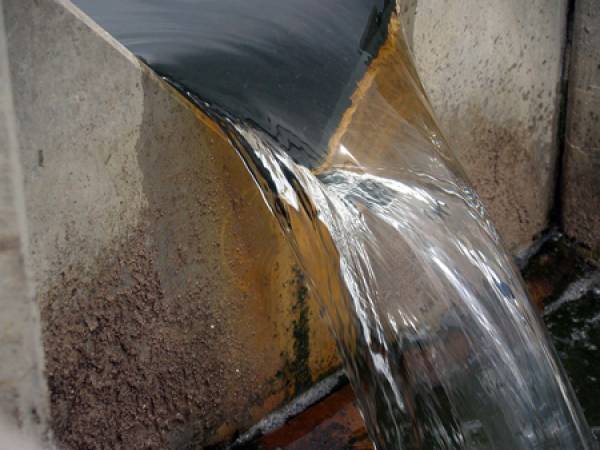This website uses a variety of cookies, which you consent to if you continue to use this site. You can read our Privacy Policy for
details about how these cookies are used, and to grant or withdraw your consent for certain types of cookies.
Disadvantages of Weirs
While weirs can be useful in a measuring flow in surface water applications, there are distinct disadvantages to using them.
Long / Wide Upstream Weir Pool
For a weir to develop the necessary upstream velocity profile, the channel upstream of the weir must conform to certain specific requirements:
The upstream channel must be straight and of a uniform cross-section for a minimum of 20 times the maximum anticipated head (Hmax). As the flow rates increase, Hmax increases, which in turn means that a longer (and wider) weir pool is necessary.
For all but Rectangular weirs without end contractions, the widest portion of the weir crest at Hmax should be at least 2 times Hmax from the sidewall of the channel (on each side).
Cold Weather Flows
Researchers have recommended that weirs only be used to measure flows at ordinary temperatures (39 to 86ºF) [3.9 to 30º C]. At the lower temperatures, ice may begin to form on the crest – greatly affecting the flow readings.
Need for Free-Spilling Discharge
The nappe – body of water flowing over the weir crest – needs to be aerated so that it does not collapse and cling to the downstream face of the weir (resulting in erroneous flow readings). The general recommendation is that the crest of the weir be at least at least 2-inches [5.08 cm] above the maximum downstream water level.
Weir Maintenance
Weir maintenance takes two forms: maintenance of the weir crest and maintenance of the weir pool. For optimal accuracy, the weir crest should be checked for level and plumb and should be kept in good repair without nicks, abrasion, damage, or clinging debris / growth.
The upstream weir pool must be kept free of debris, trash, and sediments so that the do no accumulate to the point where the affect the approaching velocity profile.
Solids Collection
Weirs should be used with caution on flows with floating trash, debris, or high solids contents as sedimentation will occur upstream of the weir (raising the weir pool depth) and debris may cling to the crest of the weir (affecting the development of the nappe over the crest). It should be noted, however, that for dam seepage, the ability to trap solids upstream is useful in monitoring for breakthrough of the dam structure.
Downstream Scour
As the flow over a weir is energetic under free-flow conditions, the downstream channel should be armored to ensure that scour does not occur.
Related Blog Posts
Explore more insights in our blog.

LOCATIONS IN ATLANTA, GA & BOISE, ID




